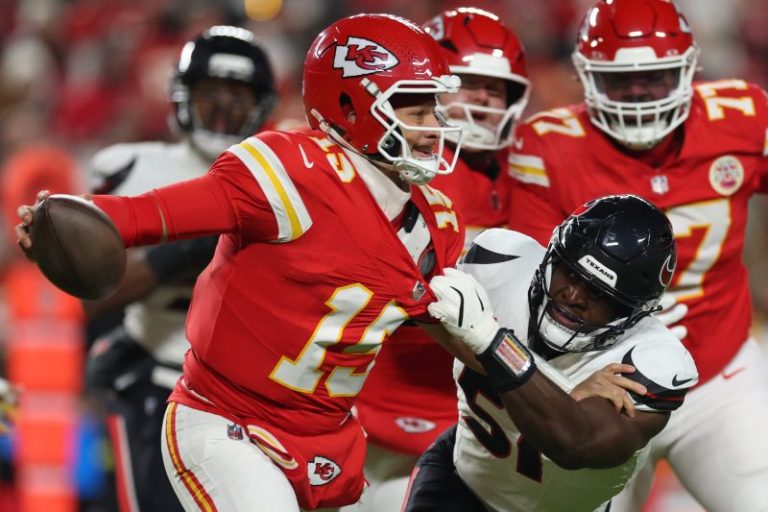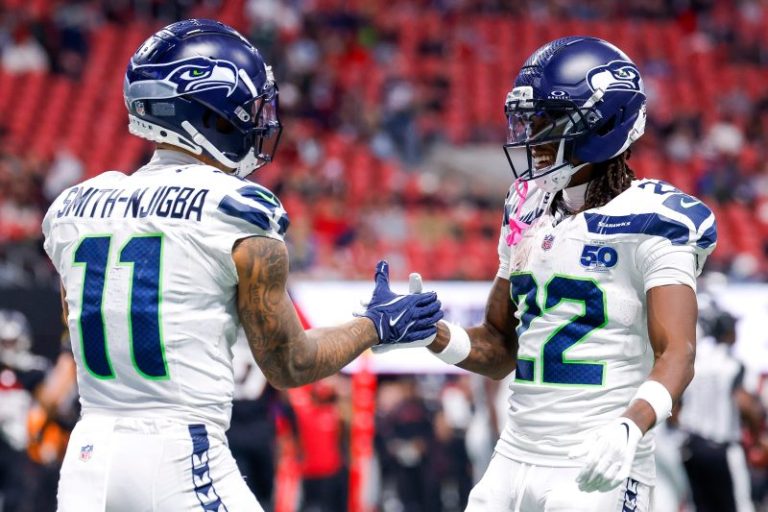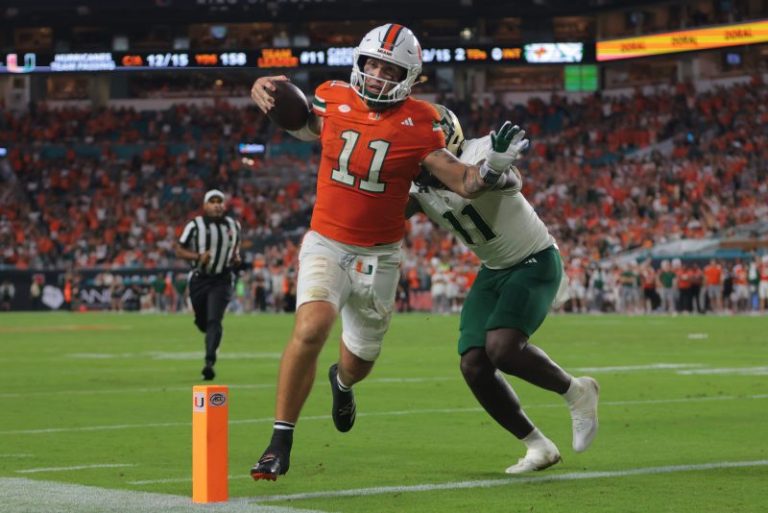Two of the best teams in the country met over the weekend and it certainly won’t be the last time we see Michigan and Michigan State clash.
Right now, it feels like the road to the Frozen Four in Las Vegas runs through the Great Lakes state and it would be no surprise to see these two bitter rivals battle for the Big Ten crown, as well (though Wisconsin might have something to say about that).
Speaking of the Badgers, they are one of a number of major teams – Penn State being another example – who have already started long holiday breaks. This provides a bit of a conundrum for the purposes of power rankings, but I’m going to consider Wisconsin in neutral for now: Hot teams can pass them, but I also don’t want to negate what the Badgers have accomplished. So let’s take a look at who some of those squads may be.
College hockey power rankings
1. Michigan Wolverines (16-4-0)
We saw two of the best go at each other over the weekend and, poetically, it ended up with a split. That’s not going to hurt the Wolverines’ standing, as we once again saw an excellent outing from Will Horcoff (Pittsburgh draft pick), who is making a serious case for the Hobey Baker right now.
2. Michigan State Spartans (12-4-0)
The Spartans took out Michigan in the second game of their series, with Ontario Hockey League transfer Anthony Romani doing the key goal scoring. Porter Martone (Philadelphia) had the empty-netter to salt things away, while Trey Augustine (Detroit) shut the door in net, allowing just one goal in the 3-1 victory.
3. Dartmouth Big Green (10-0-0)
Still the only undefeated team in the nation. I lauded the Big Green for their team defense last week, so now it’s time to give some love to the Dartmouth offense, which put up a total of 13 goals in wins over Brown and Yale on the weekend. Netminder Emmett Croteau (Montreal) has a beguiling .965 save percentage right now.
4. Denver Pioneers (11-5-1)
The NCHC is always a dogfight and the Pioneers have proved to be a championship outfit for a number of years now. In sweeping a surprisingly good Miami, Denver now has won eight of its past 10 games after some early wonkiness this year. Defenseman Eric Pohlkamp (San Jose) is up to 19 points through 17 games.
5. North Dakota Fighting Hawks (12-4-0)
Flip-flop North Dakota and Denver if you wish; the two teams are both hot right now. The Fighting Hawks have won nine of 10, but had an easier draw over the weekend in St. Cloud State. Nonetheless, this is a team in its prime with a balanced attack. Will Zellers (Boston) has points in four in a row.
6. Wisconsin Badgers (12-2-2)
As mentioned, the Badgers were idle and will be until the end of the month when they play Lake Superior State at the Holiday Face-Off in Milwaukee. They get either Boston College or Western Michigan in the second game – a great test in both scenarios.
7. Boston College Eagles (10-5-1)
After a spotty start to the season, the Eagles are, ahem, soaring. Boston College has won eight of 10 and most important, star center James Hagens (Boston) is hot. The NHL first-rounder is up to 18 points through 16 games and will be a crucial part of Team USA’s world junior squad.
8. Western Michigan Broncos (10-6-0)
The defending national champs have pushed through some key injuries and a tough schedule so far and splitting with Minnesota-Duluth is no easy feat. The fact that they kept the Plante brothers off the scoresheet in Saturday’s overtime win is impressive. William Whitelaw (Columbus) has been hot of late.
9. Minnesota-Duluth Bulldogs (13-5-0)
Splitting with Western Michigan gets the same positive nod for the Bulldogs as the other way around. UMD draws Arizona State next and those games against the Sun Devils will be very intriguing. Goaltender Adam Gajan (Chicago) is rocking a beautiful 1.80 goals-against average.
10. Northeastern Huskies (10-5-0)
In a wild Hockey East, the Huskies continue to punch above their weight and it will be interesting to see how long they can stay there, especially with a very winnable January schedule. Dylan Hryckowian continues to pace the offense with more than a point per game.










